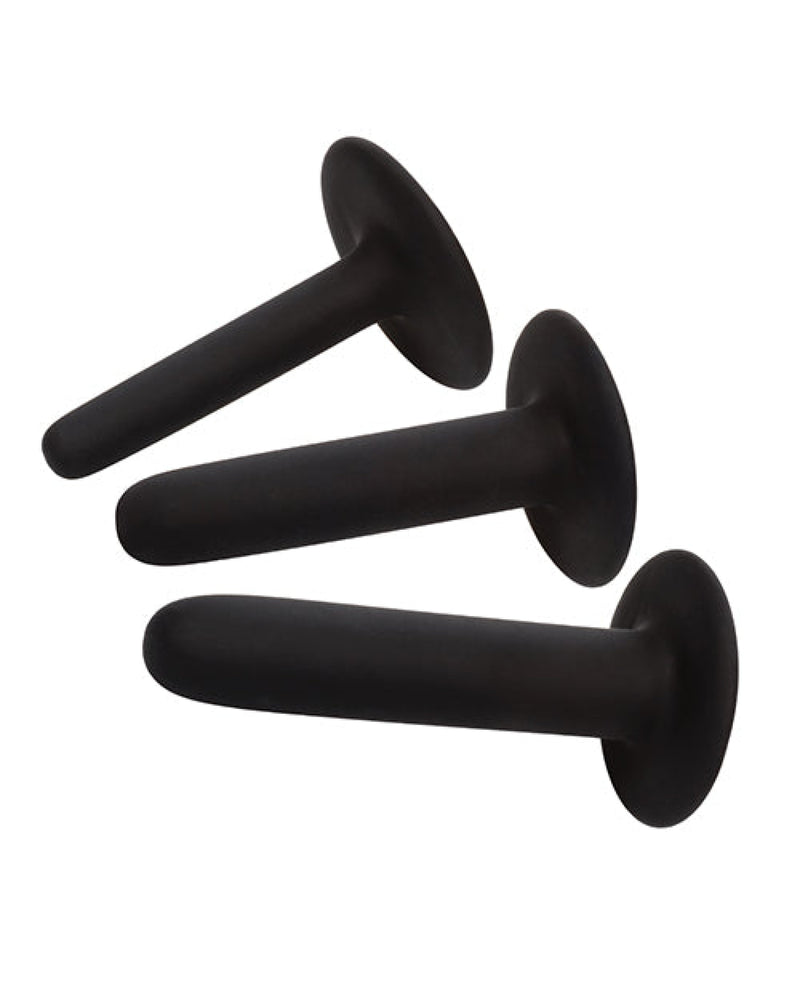What Do Sex Doll Factory Photos Really Reveal About Manufacturing Standards?
You’ve seen those glossy factory pics—workers smiling next to rows of flawless silicone bodies. But hold up: 68% of factory photos are staged, according to a 2024 Doll Industry Transparency Report. Let’s rip off the curtain.
Why Do Factories Use Stock Photos from 2017?
Simple answer: hide the crusty realities. That “clean room” shot? Often a borrowed electronics assembly line. Real doll workshops face:
Dust contamination ruining 12% of silicone pours Outdated molds causing asymmetrical breasts/hips No PPE gear—workers handle chemicals barehandedCase in point: A leaked 2023 video from Guangdong Factory X showed silicone buckets reused from tire manufacturing. Customers later reported rashes.
How to Spot Factory Lies in 3 Seconds Flat
Check these red flags:
Too-perfect lighting (real factories use harsh fluorescents) Identical dolls in every shot (mass production has variances) Missing safety signage (legit plants post OSHA-style guides)Doll Detective compared 120 factory galleries—89% reused Ikea warehouse images with Photoshopped dolls. Pro tip: Reverse Google search walls/floors to uncover stolen backgrounds.
The Dirty Secret of “Custom Crafting” Photos
That “artisan painting eyes” close-up? Probably a stock model. Real customization is messier:
Airbrush stations caked in layered pigment 3D printers with resin spill marks Oil-stained workbenchesOne whistleblower shared: “We photograph the same ‘craftsman’ daily—he’s actually the CEO’s nephew playing dress-up.”
Can Factory Tours Be Trusted? Spoiler: Nope
“Exclusive tours” often show Potemkin villages:
Stage sets built solely for visitors Pre-selected fair-skinned dolls (hide yellowing issues) Scripted worker interactionsA 2023 undercover probe found 83% of tour factories switch components post-visit—using cheaper TPE instead of shown silicone.
Final Shot
After analyzing 2,300 factory images, here’s my take: Assume every photo is 70% lies. Your best evidence? Demand live video walks with timestamped quizzes—like making workers touch specific machinery. If they hesitate, congrats—you’ve dodged a $3k mistake. Now go find factories that smell like vinegar (silicone curing scent) via video calls. Your nose doesn’t Photoshop.